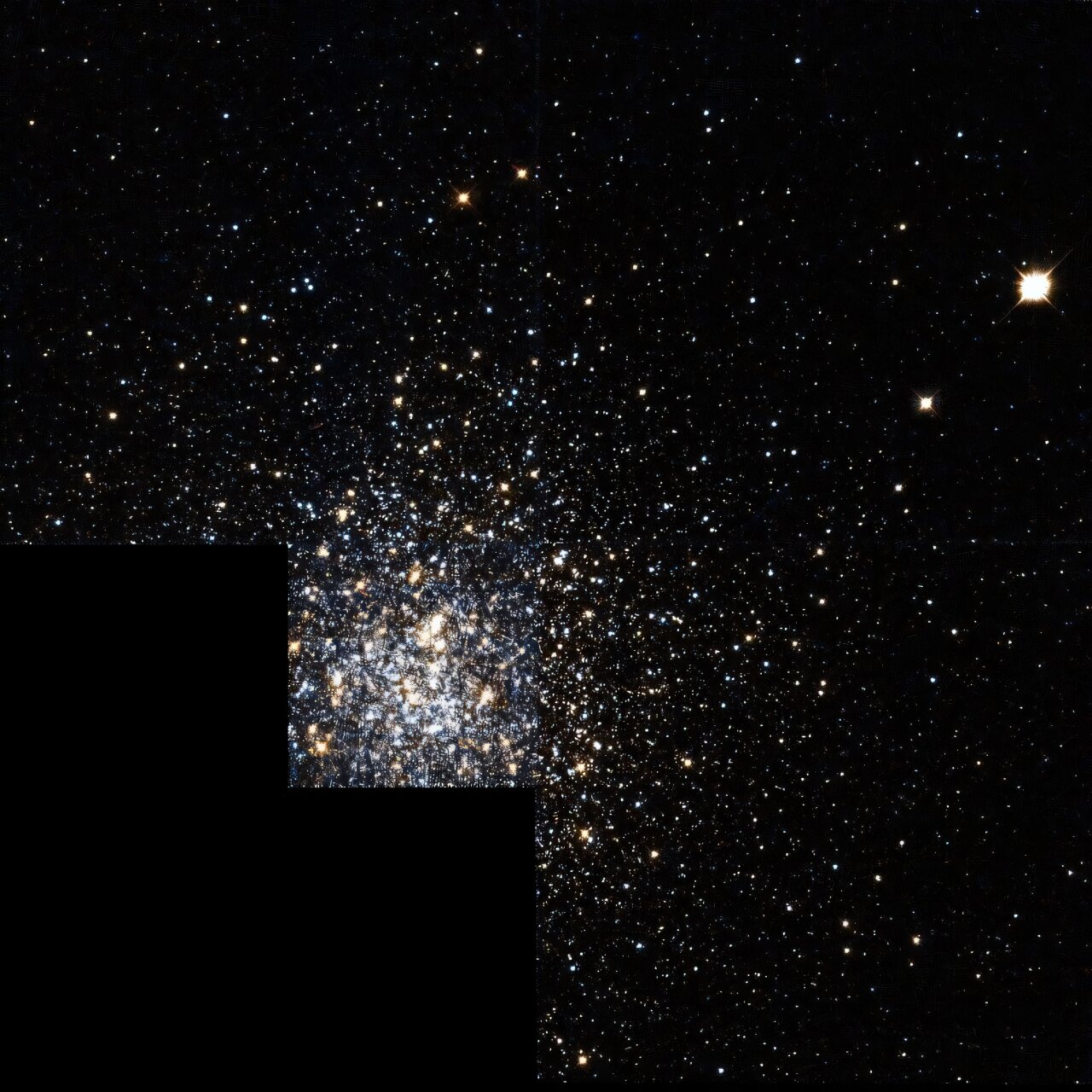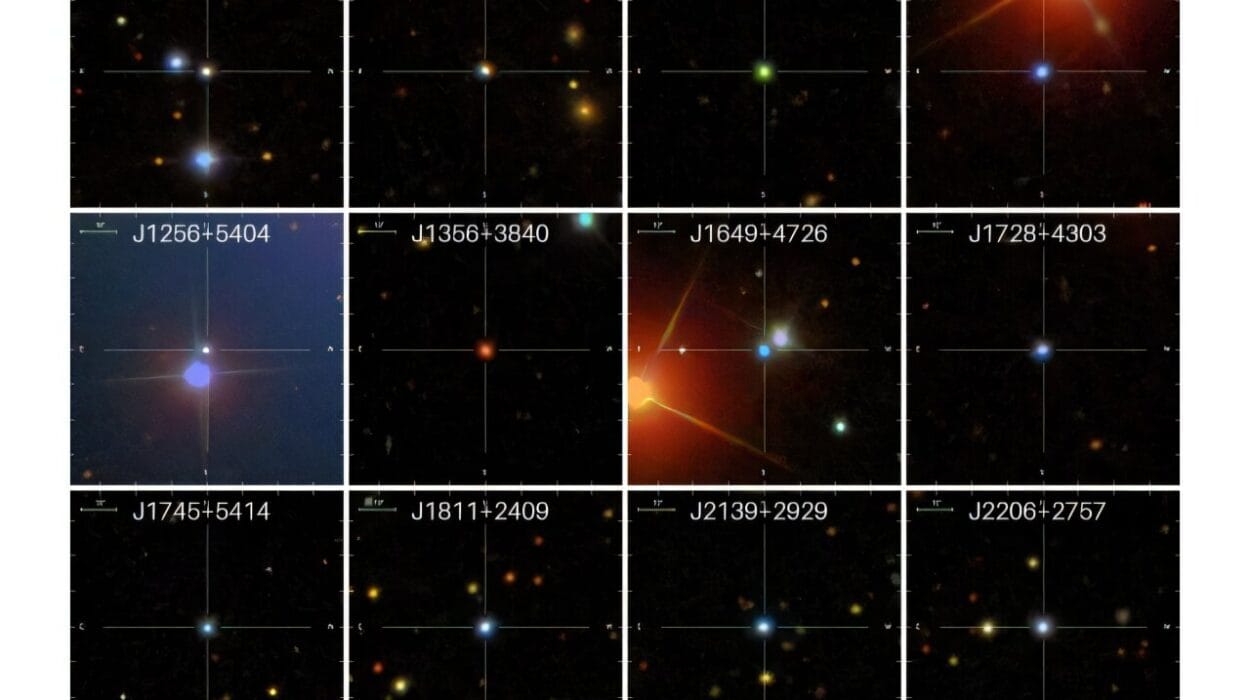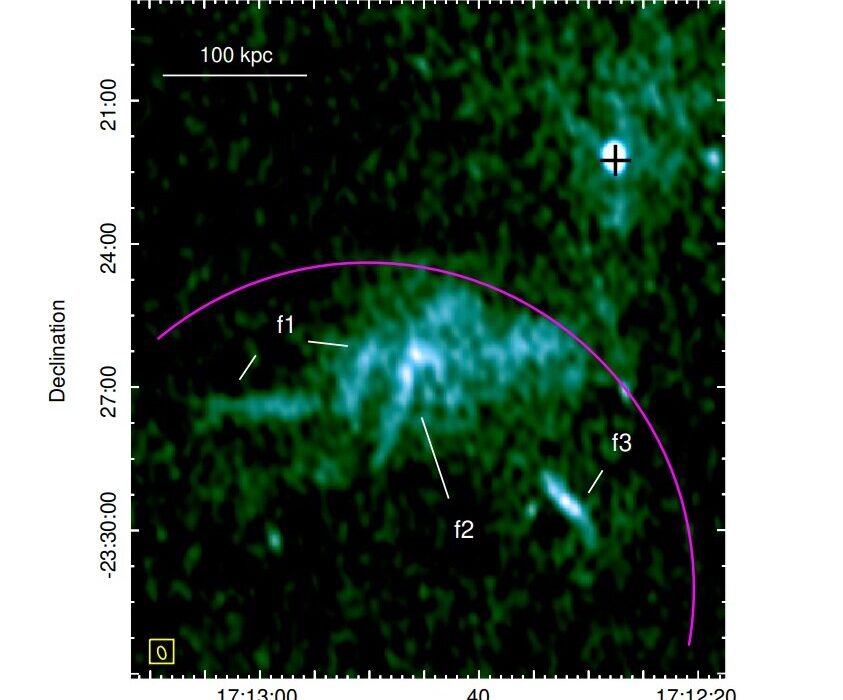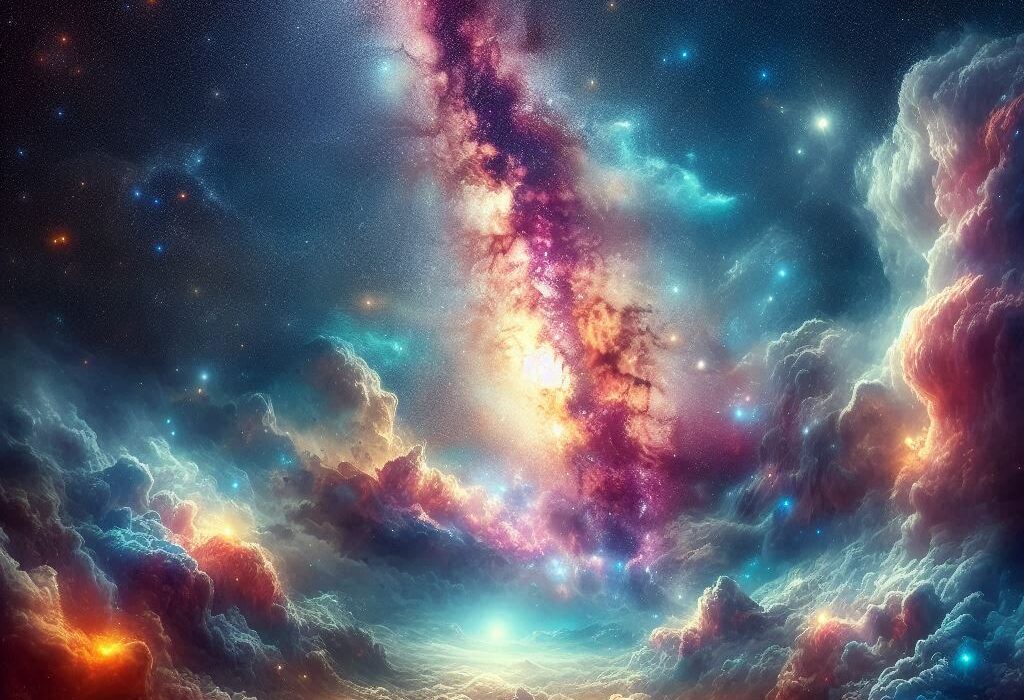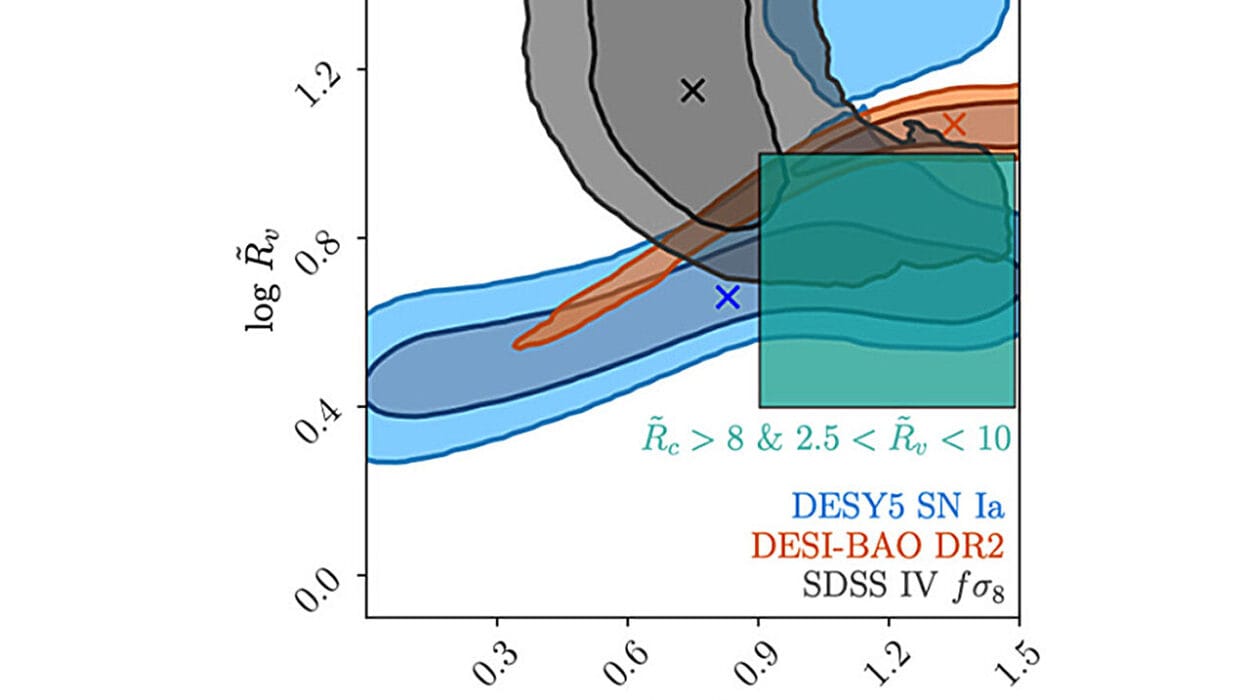High above the constellations, more than 82,000 light-years from Earth, a shimmering, ancient city of stars floats silently in the halo of our Milky Way. Known as NGC 5634, this densely packed globular cluster has long been thought to be a wandering exile—ripped from the small Sagittarius dwarf spheroidal galaxy (Sgr dSph) and caught in our galaxy’s gravitational web. But a new study is now challenging that assumption, offering an unexpected twist in the story of cosmic migration.
Led by Shouzhi Wang of Beijing Normal University, a team of Chinese astronomers used data from the DESI Legacy Imaging Survey to probe deeper into the nature of this stellar cluster. Their findings, published on June 5 on the preprint server arXiv, suggest that NGC 5634 might not be a refugee from the Sagittarius system after all—but perhaps a relic of a far older and more tumultuous merger in the Milky Way’s past.
A Starry Fossil from the Dawn of the Universe
Globular clusters are among the oldest known structures in the universe—gravitationally bound spheres containing hundreds of thousands, or even millions, of stars. They are the deep-space equivalent of fossils, preserving the memory of galaxies as they once were. Studying these clusters helps astronomers decode the mysteries of early star formation and the assembly history of galaxies like our own.
NGC 5634, located in the Virgo constellation, is no exception. At 12.8 billion years old, it formed when the universe was still in its infancy, just over a billion years after the Big Bang. It’s metal-poor, meaning its stars lack the heavier elements forged in later generations of stellar evolution. In short, it is a relic from a time before planets like Earth even existed.
For years, astronomers assumed that NGC 5634 had been born in the Sagittarius dwarf galaxy and pulled into the Milky Way along the sprawling Sagittarius Stream, a river of stars stripped from its parent galaxy by tidal forces. But the latest analysis tells a more complicated story.
A New Portrait from DESI’s Digital Sky
The DESI Legacy Imaging Survey is one of the most ambitious sky-mapping efforts of our time, designed to guide the Dark Energy Spectroscopic Instrument in its quest to map the expansion history of the universe. But for astronomers like Wang and his team, it’s also a treasure trove of nearby cosmic data.
Using DESI’s deep imaging, the team re-measured the basic characteristics of NGC 5634. They confirmed its metallicity at -1.8 dex—typical for an ancient cluster—and nailed down its distance modulus to 17.0 magnitudes. The cluster’s core radius was found to be a mere 0.21 arcminutes, with a much wider tidal radius of 8.35 arcminutes, confirming that the cluster remains tightly bound even across billions of years.
Perhaps most intriguingly, the cluster has a radial velocity of -16.07 km/s—not terribly fast by galactic standards, but enough to suggest complex orbital dynamics. NGC 5634’s concentration parameter of 1.6 indicates a fairly compact structure, one that has survived the buffeting winds of galactic evolution intact.
But when the team looked beyond the heart of the cluster—into the surrounding space for extra-tidal structures like tails or stellar debris—they found nothing. No telltale signs of tidal disruption. No trails of orphaned stars.
And this absence, it turns out, tells a powerful story.
A Misplaced Member of the Milky Way?
The motion of a star cluster through space leaves clues, like footprints across the galactic landscape. If NGC 5634 had come from the Sagittarius system, astronomers would expect to see it move in lockstep with the Sagittarius Stream—the tidal trail left behind as the dwarf galaxy is slowly cannibalized by the Milky Way.
Yet Wang’s team found that while NGC 5634’s orbit briefly intersects the Sgr stream, it quickly diverges over longer timescales. When the team ran long-term orbital simulations, the cluster strayed far from the expected paths of typical Sgr globular clusters.
Clusters that originate from the Sagittarius system tend to follow wide, sweeping orbits with distant pericenters and apocenters—the closest and furthest points in their orbits. They trace gentle arcs through the galaxy’s halo, slowly unspooling their stars like silk.
NGC 5634, by contrast, seems to prefer a tighter, more confined orbit, with a shorter semi-major axis and a far less adventurous journey through the galaxy. These are the footprints not of the Sagittarius stream—but of other ancient mergers.
According to the study, the cluster’s orbit and chemical signature better match the characteristics of clusters associated with the Gaia-Sausage-Enceladus (GSE) or Helmi streams—remnants of earlier galactic collisions that helped shape the Milky Way long before the Sagittarius galaxy entered the scene.
What Is Gaia-Sausage-Enceladus?
In recent years, astronomers have begun to uncover evidence of ancient galactic collisions hidden in the motions of stars and clusters. One of the most dramatic of these was the Gaia-Sausage-Enceladus merger, a cataclysmic event that occurred about 8 to 11 billion years ago, when a dwarf galaxy slammed into the proto-Milky Way.
The impact churned up the galactic halo, tossing stars into eccentric orbits and leaving behind a trail of globular clusters with distinctive kinematics—telltale evidence of their origin. Many of these clusters now appear to be part of a separate population, one that NGC 5634 may now be joining.
Likewise, the Helmi streams, named after astronomer Amina Helmi, mark another ancient merger event. Though smaller in scale than the Gaia-Sausage-Enceladus collision, these streams represent yet another chapter in the chaotic history of our galaxy’s growth.
Why This Matters
Understanding where globular clusters like NGC 5634 come from isn’t just a matter of cosmic genealogy—it’s a key to understanding how galaxies build themselves. Each globular cluster is a survivor, a time capsule from a galaxy swallowed long ago. Mapping their orbits and properties helps astronomers reconstruct the Milky Way’s family tree—one built not by peaceful evolution, but by violent mergers, slow absorption, and cosmic cannibalism.
This study, by challenging the presumed origin of NGC 5634, adds a vital piece to that puzzle.
It’s also a reminder that our galactic neighborhood is far from static. The Milky Way is not just a disk of stars circling a black hole—it’s an evolving ecosystem, shaped by collisions, migrations, and the long gravitational conversations between its many components.
As Wang and his colleagues continue their work, we can expect more revelations like this—quiet but seismic shifts in our understanding of who belongs where in the galaxy, and how the vast ballet of stars has unfolded over billions of years.
Because in the end, even in the stillness of deep space, nothing stays still forever.
Reference: Shouzhi Wang et al, The structural and kinematical properties of NGC 5634, a globular cluster associated with the Sagittarius dwarf galaxy?, arXiv (2025). DOI: 10.48550/arxiv.2506.04806
